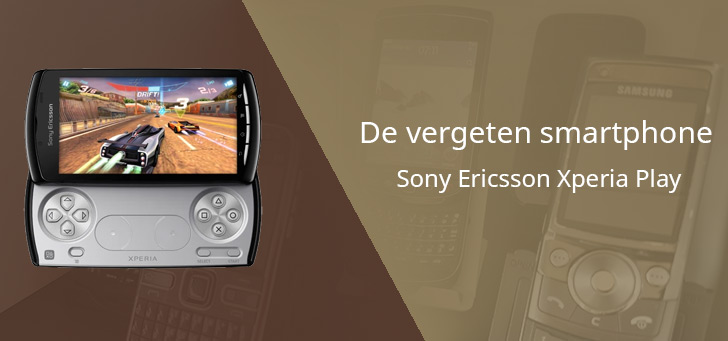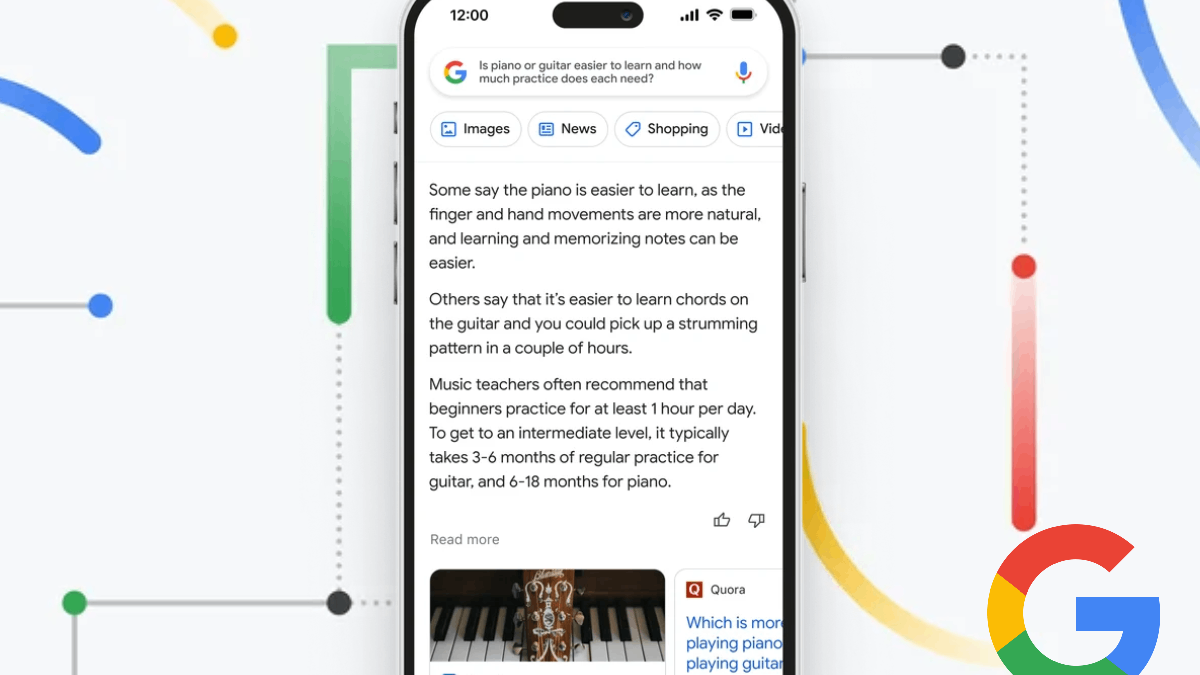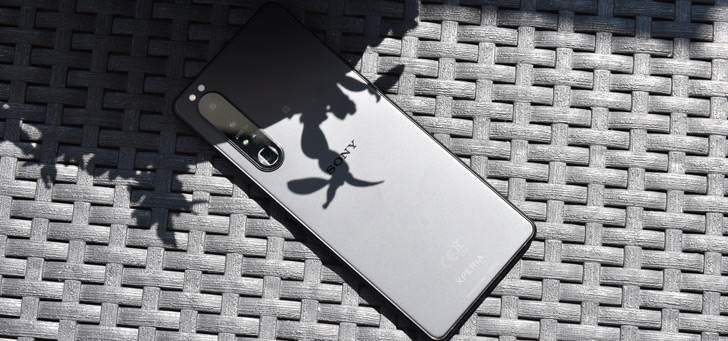The forgotten gaming phone EXTRA: Sony Ericsson Xperia Play
Razer Phone, ASUS ROG Phone, Xiaomi Black Shark, Nubia Red Magic, Lenovo Legion Duel: if you’re looking for a gaming phone today, you have more choice than ever. However, the first gaming phone is a lot older and dates from 2003: the Nokia N-Gage. This device, just like its successor the Nokia N-Gage QD, went down without a trace due to a combination of factors. Nokia phones were a reason for Sony Ericsson to think about its own gaming smartphone. The result was the Sony Ericsson Xperia PLAY.
Contents
Leading up to the Sony Ericsson Xperia PLAY
Years before Sony Ericsson actually presented this phone, stories were already circulating that the manufacturer was working on a gaming phone. The first rumors surfaced in 2006. The gaming site Kotaku discovered that Sony had filed a patent for a gaming phone. The story quickly died a quiet death: the following months were all about the launch of the PlayStation 3.
In the years that followed, reports of a gaming phone surfaced regularly. For example, Sony Magazine wrote in early 2008 that Sony Ericsson was working on a ‘PSP-style phone’. When leading publications like The Financial Times, Nikkei and The Wall Street Journal wrote about plans for a gaming phone, the genie was out of the bottle. In 2010, a year before the launch of the Xperia PLAY, Engadget published images of this ‘PlayStation phone’, also known internally as Zeus. Although its legitimacy was questioned at the time, the American tech site turned out to be right.
The Sony Ericsson Xperia PLAY was presented in January 2011 at the Mobile World Congress (MWC). The sale started a month later.
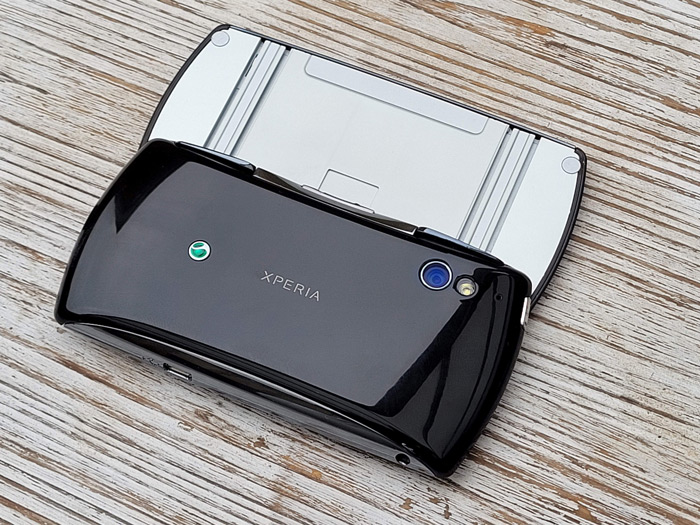
A refined design with top titles
Sony Ericsson had looked closely at Nokia and learned from the mistakes of the Finns, with the Nokia N-Gage. You can immediately see that in the design of the Sony Ericsson Xperia PLAY. Where Nokia struggled to integrate the multitude of buttons from two devices into one product, Sony had come up with a good solution for this. Instead of placing all the gaming buttons on the front, they appeared as soon as you slid the screen to the side. Think of the four-point push buttons, the iconic Sony play buttons and two touch pads.
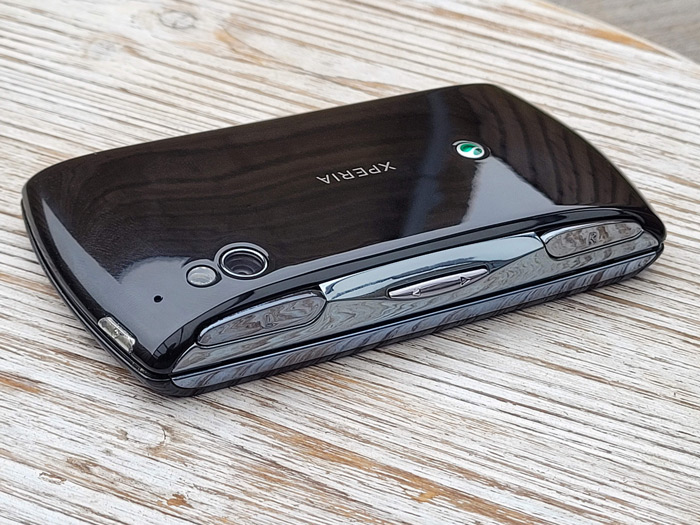
Well, this comparison is not entirely fair: the first mobile phones with a touchscreen only appeared in 2007. Those were the LG Prada and iPhone 2G. Touchscreen technology was not yet ready to be incorporated into a mobile phone in 2003. Perhaps otherwise Nokia would have done so immediately. So the Finnish tech company had no choice but to place all physical buttons that you find on a phone and a controller on the device.
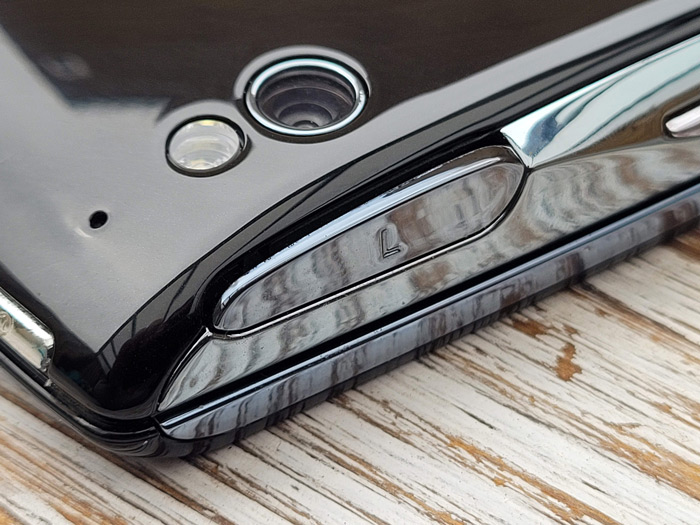
The design of the Xperia PLAY is also a lot more refined compared to the N-Gage. The Xperia PLAY not only clearly has the design of a phone, but also works in terms of operation. Handling and operating the N-Gage was an ergonomic nightmare due to the jumble of buttons and the placement of the screen and earpiece. And that while Sony’s device has 20 physical buttons under the screen. Finally, on the right side of the housing we find two triggers and the volume buttons.
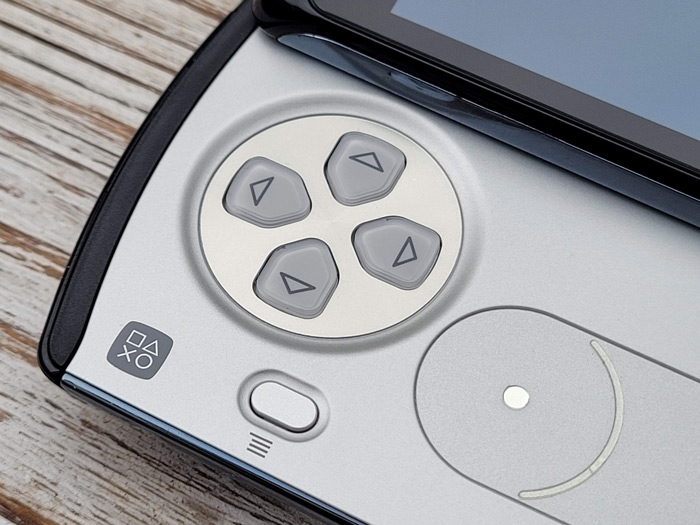
As with the Nokia N-Gage, there was no shortage of top titles at launch, intended to market the Xperia Play. A total of 50 titles were available at launch, including Dungeon Defenders, LittleBigPlanet, Guitar Hero, Dead Space, and Assassin’s Creed. The Xperia PLAY was Sony’s first mobile product to be PlayStation Certified. Only Android devices that could properly run games from PlayStation Mobile were given this stamp.
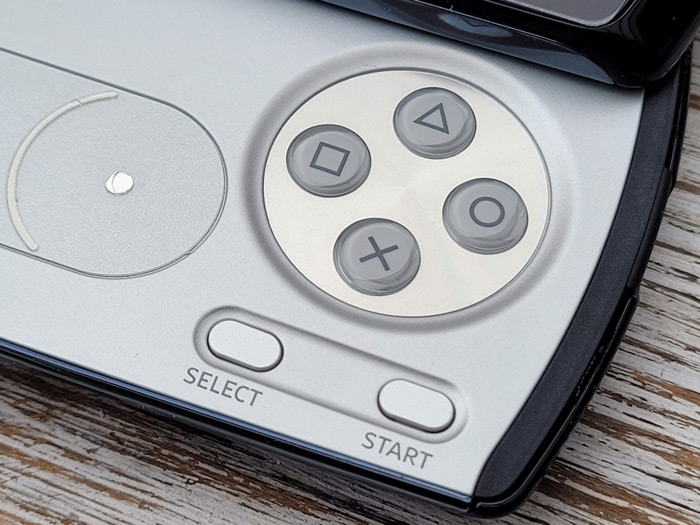
Competition and bad hardware
Although it is unclear how many copies Sony Ericsson has sold the Xperia PLAY, it is considered a failure. Despite the appealing design, Sony did not convince gamers to choose the Xperia PLAY. That has several causes. For starters, Sony had a major competitor: Nintendo. Even before Sony got the chance to present the Xperia PLAY, Nintendo came up with the Nintendo 3DS. In addition, Sony also competed directly with itself with mobile consoles such as the PlayStation Portable (PSP) and PlayStation Vita (PS Vita), the latter of which appeared in the same year as the Xperia PLAY.
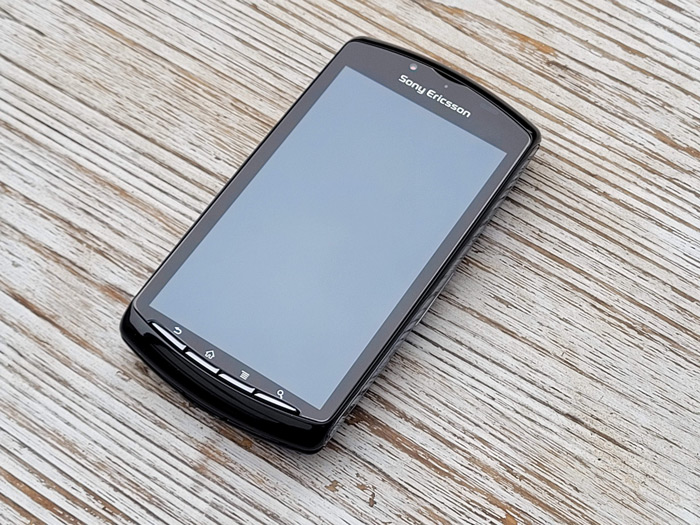
Another common complaint is that the Xperia PLAY’s hardware was not powerful enough to run 32-bit games properly. For example, the single-core Qualcomm Snapdragon S2 had a meager clock speed of 1 GH. And that at a time when dual-core and quad-core became the new standard. The chipset was also supplemented with only 512 MB of RAM. And the standard storage capacity you got from Sony Ericsson was nothing to write home about: only 400 MB. Download a few games and the memory was full. With a microSD card it was possible to expand the memory to 32 GB, but for that gamers had to pull out the wallet again. Both the Nintendo 3DS and PS Vita each had 1 GB of internal memory to install new games, or two-and-a-half times as much memory. With the 3DS you even got a memory card as a gift.
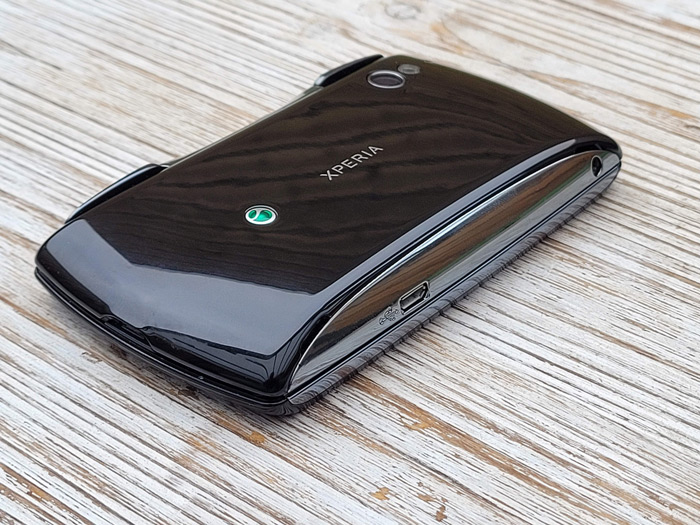
Game developers don’t care at home and Android updates stay out
Another factor that contributed to the demise of the Xperia PLAY is that fewer and fewer developers released games on the platform. In the first year, new titles appeared regularly from Sega, Gameloft and EA, among others. After that it became quiet and hardly any new games were released for the device. And as long as there are no new additions, you will of course not buy a gaming phone. And that in turn reinforces developers’ intention not to launch new games for the platform. It is a vicious circle that could not be broken.
Finally, as a smartphone, the Xperia PLAY was not really attractive either. At launch it ran on Android 2.3 Gingerbread. Before that it was the latest Android version you could get, but that’s about it. Although Sony Ericsson promised in September 2011 that all devices of that year would receive an update to Android 4.0 Ice Cream Sandwich, the manufacturer did not fulfill this agreement. Developers were concerned about the stability of the operating system on the Xperia PLAY. That is why the device has never received this update. Half a year after its launch, the Xperia PLAY no longer received any software updates.
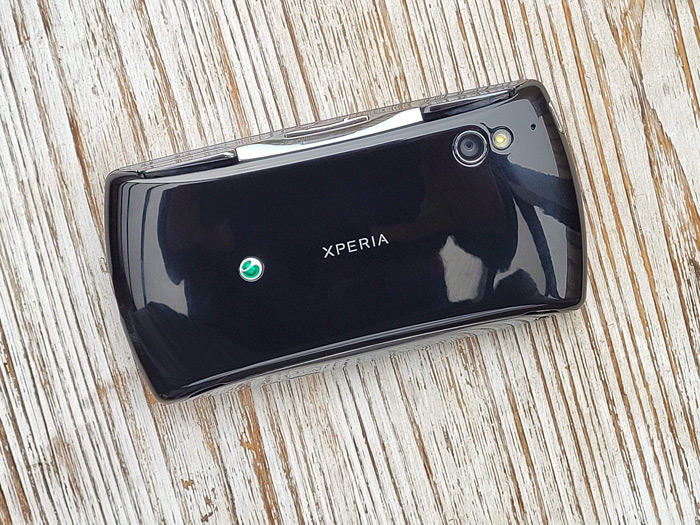
The Sony Ericsson Xperia PLAY cost around 500 euros at launch. Less than six months later, the suggested retail price had already halved. That’s not surprising when you consider that gamers at the competition got more powerful hardware and had more games to choose from. Add to that the outdated operating system and you know why the Xperia PLAY flopped.
We previously covered the Sony Ericsson Xperia Play in ‘The forgotten smartphone’. However, we could not contain our enthusiasm any further. Hence ‘The forgotten smartphone EXTRA’.
The Sony Ericsson Xperia PLAY summarized in 5 points:
- 4.0 inch LCD display with a resolution of 480 x 854 pixels
- 1GHz Qualcomm Snapdragon S2 single-core processor with 512MB RAM
- PlayStation gaming buttons and touch pads below the screen
- 5 megapixel camera with single LED flash
- Removable 1500 mAh Li-Ion battery
